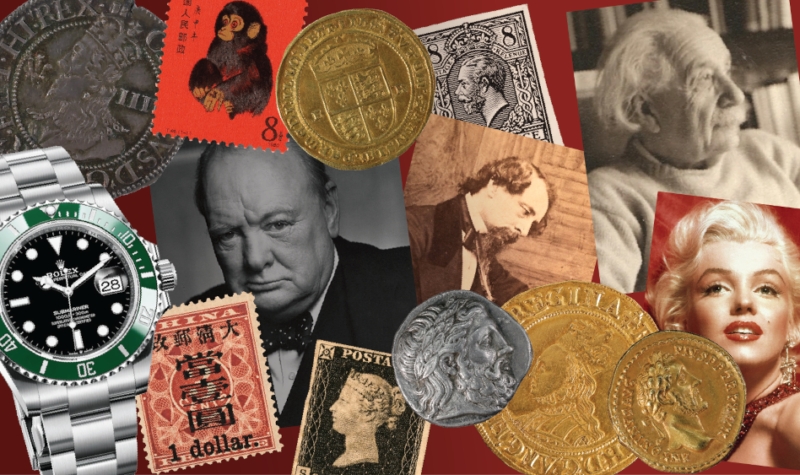The collectibles market—including art, rare coins, trading cards, and other unique assets—is undergoing significant changes. As these alternative investments gain popularity, strategic planning and market understanding have become essential for artists, collectors, and investors aiming to maximize returns while managing risks.Strategic Planning and Tax Management for Maximizing Investment Value
The collectibles market—including art, rare coins, trading cards, and other unique assets—is undergoing significant changes. As these alternative investments gain popularity, strategic planning and market understanding have become essential for artists, collectors, and investors aiming to maximize returns while managing risks.
Market Dynamics and Growth
Over the past decade, collectibles have transitioned from niche hobbies to mainstream alternative assets. Increased demand is driven by several factors:
- Nostalgia and cultural trends: Vintage trading cards, comics, and memorabilia are attracting both long-time enthusiasts and new investors.
- Diversification benefits: Collectibles often have low correlation with traditional financial markets, making them attractive for portfolio diversification.
- Technological innovations: Digital platforms, blockchain authentication, and NFT versions of collectibles are expanding access and liquidity.
The Importance of Tax Planning
As the market evolves, tax implications have become increasingly complex. Both artists and collectors need to navigate:
- Capital gains taxation: High-value sales may trigger significant tax liabilities if not properly planned.
- Estate planning: Passing on valuable collectibles requires careful structuring to minimize taxes and preserve value.
- International regulations: Cross-border transactions, particularly for rare or high-value items, may introduce additional reporting requirements and duties.
Strategic tax planning ensures that collectors can retain maximum value from their investments while remaining compliant with legal regulations.
Tips for Maximizing Value
- Thorough research: Understanding the provenance, rarity, and historical trends of collectibles is crucial.
- Authentication and documentation: Proper certification enhances credibility and resale value.
- Market timing: Awareness of demand cycles and cultural trends can help investors optimize the timing of sales or acquisitions.
- Diversification: Combining different types of collectibles—art, coins, trading cards—can reduce risk and stabilize long-term returns.
The collectibles market continues to mature, attracting both private and institutional investors. With proper planning, including tax strategy and careful selection, collectible assets can offer strong long-term value while adding unique appeal to a diversified investment portfolio.


